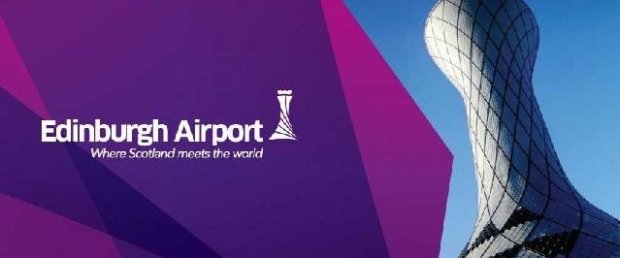EDINBURGH AIRPORT WELCOMES PUBLIC REPSONSE TO LET’S GO FURTHER

FIRST STAGE OF AIRSPACE CHANGE PROGRAMME CONSULTATION CLOSES
Edinburgh Airport has today thanked everyone who has taken time to log on and feedback to their public consultation process over the past three and a half months.
Let’s Go Further – a public consultation on the Airspace Change Programme which asked “What local factors should be taken into account when determining the position of the route within the design envelope given the potential impacts, and why?” – closed on Monday 19 September.
No changes to existing flightpaths have been made and no changes can be made until a further stage of consultation – where specific routes will be proposed – is completed and the proposals are approved by the Civil Aviation Authority.
The potential implementation of new routes will coincide with the use of RNAV technology at Edinburgh Airport (in line with the UK Government’s Future Airspace Strategy). This will tighten the approach of departing and arriving aircraft from a dispersed approach to a more concentrated approach.
Since the launch of the public consultation in June Edinburgh Airport has been committed to giving everyone a say in any future changes and have delivered 640,000 leaflets to doors, ran a targeted advertising campaign to a TV audience of more than 900,000 people, advertised in local newspapers as well plugging online every week via social media.
Chief Executive Gordon Dewar and other leading representatives from the airport have also been engaging with the people at a grassroots level and have attended 16 community council, protest groups and local authority coordinated meetings and drop in sessions.
Further to this we’ve written to Community Councils, Councillors, MEPs, MPs, MSPs and stakeholders including environmental watchdogs, tourism groups, visitor attractions, business, community groups, libraries, community centres, education centres and sports clubs.
Commenting, Gordon Robertson, Edinburgh Airport’s Director of Communications, said:
“We’d like to thank everyone who took time to engage in the public consultation process – we have had an excellent response.
“The consultation has seen in the region of 80,000 website views, around 6,000 postcode searches and received over 5,000 feedback responses.
“Our data analysis team are working on delivering a detailed report on the first stage of our public consultation which will show detail on sentiment and the geographical spread of the feedback responses. Crucially the responses we received will also help us map the design of the proposals that we put forward for the second stage of the consultation – set to begin early in 2017.
“We recognise that some people have very real concerns. The aim of the consultation process is to allow us to grow to meet the ever increasing demand on our runway at peak times while minimising disruption on the ground.
“The use of RNAV technology will tighten the approach of departing and arriving aircraft from a dispersed approach to a more concentrated approach. This, along with our commitment to working collaboratively with our neighbours, will enable us to put forward options that show we can grow as an airport, maximise the safety of passengers and overfly fewer people on the ground than we do at present.
“In January we will come forward with proposals with ‘lines on the map’ which will be put out to a further stage of public consultation. As we did in the first stage of our Airspace Change Programme we will be open, transparent and upfront with everyone as to why we are putting these flightpath proposals forward.”
ENDS
Notes:
More on RNAV here https://www.caa.co.uk/fas/


